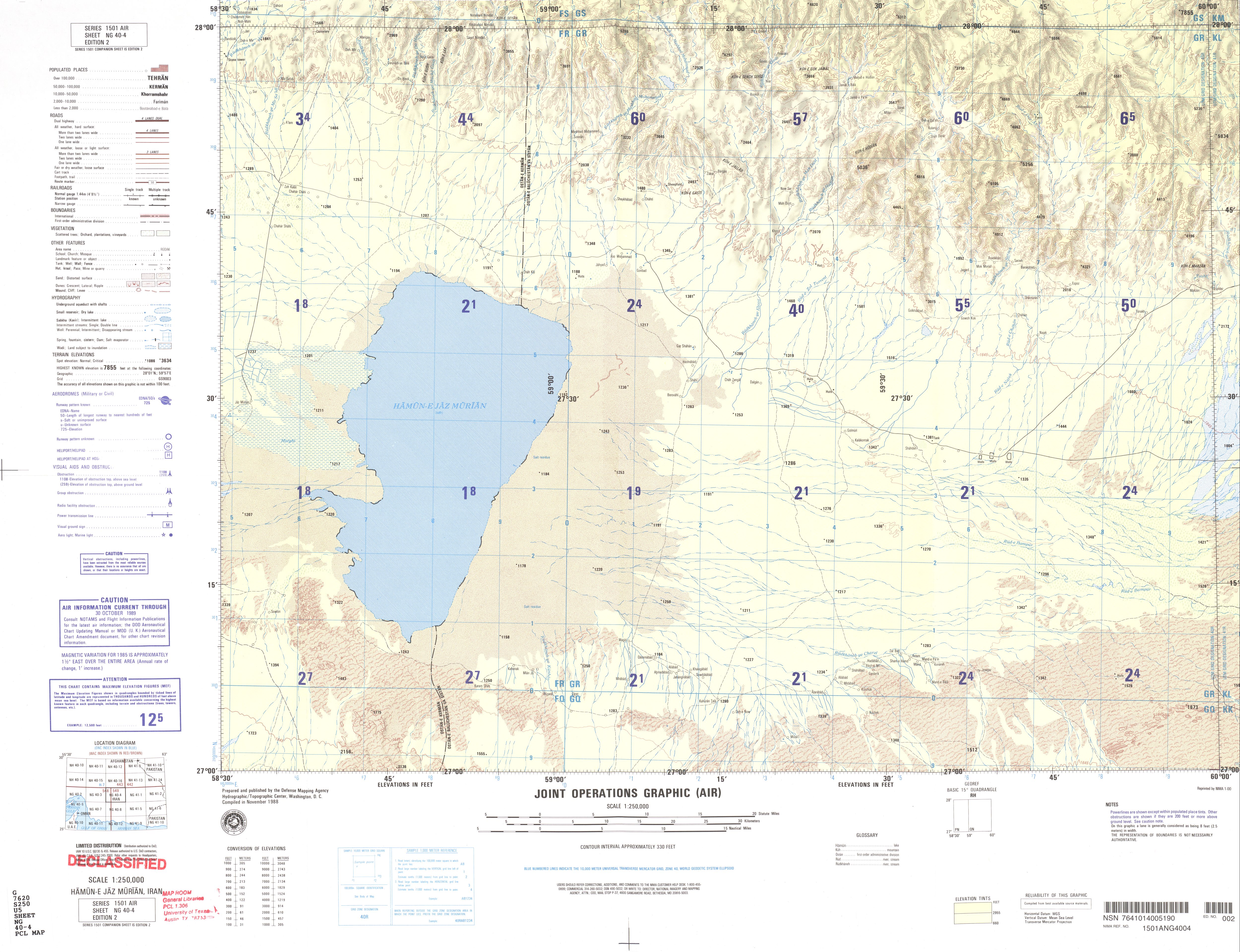Jaz Murian on:
[Wikipedia]
[Google]
[Amazon]
 Hamun-e Jaz Murian ( fa, هامون جازموریان) is an inland basin or depression in southeast
Hamun-e Jaz Murian ( fa, هامون جازموریان) is an inland basin or depression in southeast  Two principal rivers flow into the basin: from the west, the Halil Rud, and from the east, the
Two principal rivers flow into the basin: from the west, the Halil Rud, and from the east, the
 Hamun-e Jaz Murian ( fa, هامون جازموریان) is an inland basin or depression in southeast
Hamun-e Jaz Murian ( fa, هامون جازموریان) is an inland basin or depression in southeast Iran
Iran, officially the Islamic Republic of Iran, and also called Persia, is a country located in Western Asia. It is bordered by Iraq and Turkey to the west, by Azerbaijan and Armenia to the northwest, by the Caspian Sea and Turkmeni ...
, straddling the provinces of Kerman and Sistan and Baluchistan. The area of Hamoon and Jazmourian basin stretches to 69,600 square kilometers, with the western part of 35,600 square kilometers in Kerman province and the eastern part of 34,000 square kilometers in Sistan-Baluchestan province.
Jazmurian wetland is located in an endorheic basin at the southern edge of the Dasht-e-Lut. Several factors such as high evaporation, overexploitation of groundwater, dam construction on the rivers feeding the wetland, and the effect of drought and climate changes have caused this wetland to dry out during the recent years.
At the center of the basin is a "seasonal lake," or ''hamun
A hamun (or hamoun) ( fa, هامون ''hāmūn'') refers to inland desert lakes or marshlands, formed as natural seasonal reservoirs in areas adjoining the Helmand basin, found across eastern Iran, southern Afghanistan and western Pakistan. They ...
''. The lake can remain almost totally dry during dry years, while in wetter years it can have water year around. The most recent flooding of the basin took place in June 2007, when Cyclone Gonu
Super Cyclonic Storm Gonu was an extremely powerful tropical cyclone that became the strongest cyclone on record in the Arabian Sea. The second named tropical cyclone of the 2007 North Indian Ocean cyclone season, Gonu developed from a persist ...
dumped over 5 inches of rain over the basin. That ended years of unusual drought, which had seen the lake in the central basin remain dry for several years. Jaz Murian now has a large lake at its lowest point.
Jaz Murian is an oblong shape, east to west, surrounded by high mountain ranges reaching peaks in excess of 6500 feet (2000 m). The lowest elevations are to the extreme west of the basin towards the towns of Kahnuj and Minab
Minab ( fa, ميناب, also Romanized as Mīnāb) is a city and capital of Minab County, Hormozgan Province, Iran
Iran, officially the Islamic Republic of Iran, and also called Persia, is a country located in Western Asia. It i ...
.
 Two principal rivers flow into the basin: from the west, the Halil Rud, and from the east, the
Two principal rivers flow into the basin: from the west, the Halil Rud, and from the east, the Bampur River Bampur River is a river in southern Iran, flowing into the Baluchistan region. The Bampur River starts in the Karvandar Mountains and flows 120 km past Damin, Bampur and Iranshahr before dissipating in the desert sands.
History
The Bampur river ...
. However, neither river brings much water to the central parts of the basin to feed the lake, as their waters are largely or totally removed for agriculture on the way. After Jiroft Dam was built on the Halil Rud and went under operation in 1992, the perennial river at the downstream did not receive its environmental flow and appeared as an ephemeral river since then, this affected the Jaz Murian seriously.
Due to its isolation, distinct communities live in the basin, ranging from native Bashkardi
Southern Bashkardi or Bashagerdi, or simply "Bashkardi", and also known as southern "Bashaka", is a Southwestern Iranian language spoken in the southeast of Iran in the provinces of Kerman, Sistan and Baluchestan, and Hormozgan. The language ...
speakers to immigrant Somalis
The Somalis ( so, Soomaalida 𐒈𐒝𐒑𐒛𐒐𐒘𐒆𐒖, ar, صوماليون) are an ethnic group native to the Horn of Africa who share a common ancestry, culture and history. The Lowland East Cushitic Somali language is the shared ...
.
In the scriptures of the Zoroastrian religion, the basin has a holy character, similar to that of Hamun-e Helmand
Lake Hāmūn ( fa, دریاچه هامون, ''Daryācheh-ye Hāmūn''; ps, هامون ډنډ), or the Hamoun Oasis, is a seasonal lake and wetlands in the endorheic Sīstān Basin in the Sistan region on the Afghanistan–Iran border. In Iran, ...
. These scriptures call the basin by its Middle Persian
Middle Persian or Pahlavi, also known by its endonym Pārsīk or Pārsīg () in its later form, is a Western Middle Iranian language which became the literary language of the Sasanian Empire. For some time after the Sasanian collapse, Middle ...
name, "Chitro Mêyân."
References
{{Reflist *J. V. Harrison, "The Jaz Murian Depression, Persian Baluchistan," The Geographical Journal, Vol. 101, No. 5/6 (May - Jun., 1943), pp. 206–225. *N. L. Falcon Frs, "From Musandam to the Iranian Makran," The Geographical Journal, Vol. 141, No. 1 (Mar., 1975), pp. 55–58. Depressions (geology) Endorheic basins of Asia Landforms of Iran Landforms of Kerman Province Landforms of Sistan and Baluchestan Province